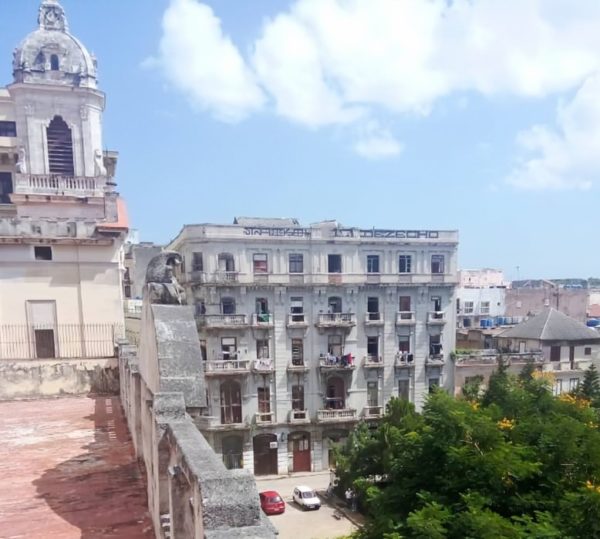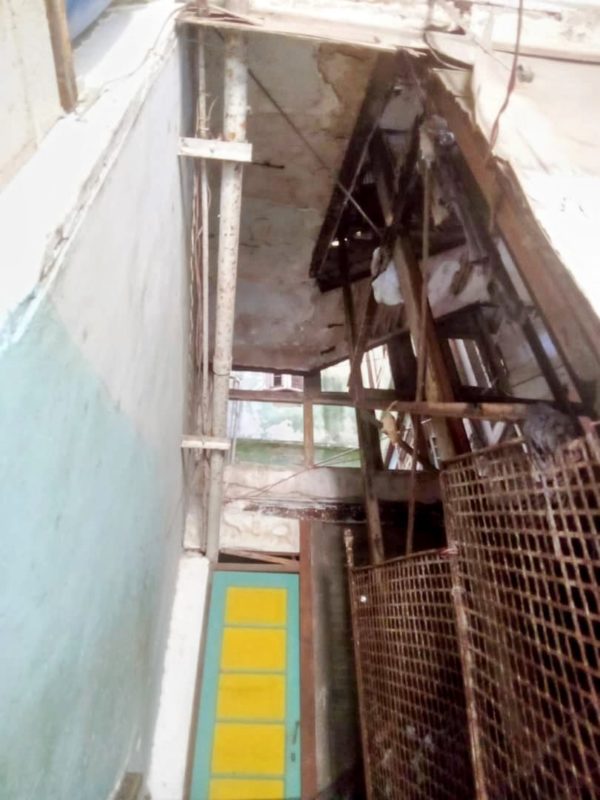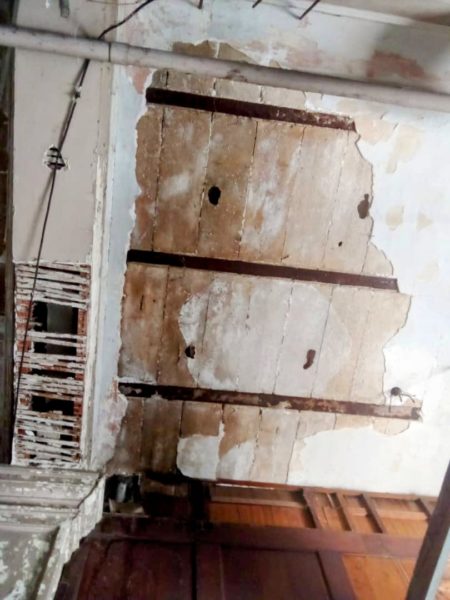The Sad Fate of Old Havana’s Former La Union Hotel

HAVANA TIMES – Last week, seeking shelter from the rain, I took refuge in the front of a building on Amargura Street in Old Havana. Several people were there, and as is natural among Cubans, conversation became the main event during the wait. Initially informative, the chatter focused on the history of the building where we found ourselves. The story, vividly told, filled me with sadness as I contemplated the bitterness of its reality, and then it sparked my inquisitive and questioning nature.
The multifamily building in question was none other than the famed Hotel La Unión. Built in 1846 and reconstructed in the second decade of the 20th century with five floors and a modern design marked by luxury and elegance in all its facilities. It was cited as a meeting place for artists and intellectuals over the following decades and coveted by European and American tourists.

Once the downpour ended, I ventured up the stairs with an indescribable sense of loss. The ruin was complete. The rusty skeleton of its once glamorous elevator watched my ascent from afar. Walls of dilapidated boards and displaced support beams made it impossible for me to believe that this place was still inhabited. It was no surprise that the top floor was uninhabited. Viewed from the outside, there was nothing left to indicate to passersby that this building once held a significant place in our history. All that remains of Hotel La Unión are propped-up balconies, missing balconies, and ruins of a history worthy of preservation.
It’s impossible not to wonder how its residents reinvent their space over time. How do they interact with the misery? How do they, in their daily routines, avoid, jump over, or rearrange the rubble of history? There is no doubt that in the daily life of the average Cuban, poverty prevails—a misery imposed as an ordinance of sacrifice.

In this building, forgotten by successive municipal authorities, where life and death are of no importance to the makers of laws and regulations, families continue to survive. Overlooked by preservation authorities, a plaque should have been erected decades ago. A plaque, at least, to commemorate the presence of the great Spanish poet Federico García Lorca, who stayed in its rooms for three months in the spring of 1930.







Was difficult to read !!! So Sad. ALL those Grand buildings could have been saved by foreign investment and ownership creating necessary employment